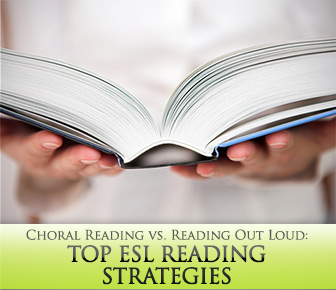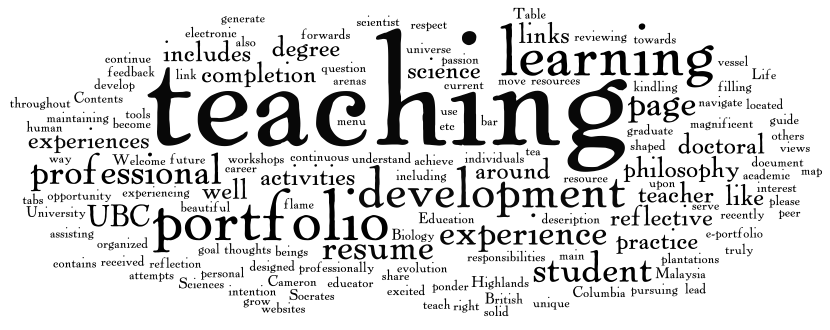Top ESL Reading Strategies: Choral Reading vs. Reading Out Loud


The advantages of self-access learning became apparent when experimentation suggested to us that students working exclusively in a self-access environment obtained better results than students taught by teachers when both groups had a common test. This proved true for several groups in both grammar and creative writing activities. The lead gained by the self-access group was around the order of 14% in each test result. Despite these encouraging results a large proportion of students complained about a lack of knowledge about how to go about learning on their own: no-one had ever taught them to do so.
These efforts come under the general term of Learner Training. This consists in devising different techniques which are then proposed to the students as models of learning methods. The great advantage of Learner Training proposals is that they turn the learning-focus from product to process. In short, teachers and learners begin to perceive the learning of a language not only in terms of end-product, a well-written essay, the understanding of radio news and so on, but also in terms of how the teacher and learner attain this goal.
Self-learning then, carries on the positive aspects of the strategy investigation which Learner Training promotes, but emphasises that individual learning styles are diverse, and develops ways to help the student learn about his/her own learning. The basic belief in Self-learning is that all learners have their own unconscious strategies which the teacher can help transform into conscious techniques. Indeed teachers should be able to expose learners to many different learning techniques because these are discussed in class and learners listen to their classmates' techniques, as well as explaining their own.
In this article we will illustrate self-learning through memory and reading.
The aim of these exercises is to help learners become aware of the memory strategies used by the learners and the techniques best suited to each one.
Discussion of students' memorising strategies is to be encouraged at frequent intervals - research has shown that strategies are only used as techniques if self-investigation occurs over a period of time. (3)
Some more memory techniques which may be of use to your students:
a. Spatial Memory.
This is using a well-known path like a trip round your house to collocate objects to be remembered. (4)
b. Visual Memory.
If students rely a lot on their`photographic memory' to retain information then they might test the limits of this memory. (5)
c. Auditory Memory.
This consists of a series of sounds on a tape which are heard once. The student is asked to remember the sounds and write them down in the correct sequence after hearing them once.
After each of these tests a communal reflexion is conducted to find out how different students tackled the problem.
After several periodic tests and discussions the reflexion theme can be widened to include the question of whether any student applied a technique learned to memorising other items outside the classroom situation. This quality jump is called transfer and Nisbet contends it is the touchstone of real self-learning.
One of the major problems which can guide the teacher in helping students discover efficient reading strategies is the foreign language reader's instinct to process the written text word by word. This linear processing of texts has been called tunnel vision by Smith. It is probably adopted because of the reader's anxiety when confronted by a text in another language. Possible solutions to this problem are to help the reader dominate the text by giving him/her a wider perspective on the reading material and by encouraging self-confidence to replace fear.
Promote reflexion through general questions on how students read the text:
Following the hypothesis that if you have a framework for understanding text structure the meaning can be more easily dominated, we suggest the following exercise:
Prepare four short passages: a narration, a description, a discussion and an informative text. (see (5) for examples). Discuss the schema of each one: its structure, verb tenses, connectors and lexis.
It should become apparent that many texts can be fitted into one of these schema after a quick scan. Hereafter, each time the class reads a text, categorise it through a brief discussion into one of the above schema. Ask questions after the reading about whether this pre-categorisation helped students or not to read the text with more ease. These question can be added to those already mentioned in part a. above.
To encourage readers to speed up their reading process the following exercise was found useful if repeated two or three times during the year.
The `gentle persuasion' approach is to be underlined since self-confidence can only be encouraged not forced on students.
------------------------
Written by Tom Maquire